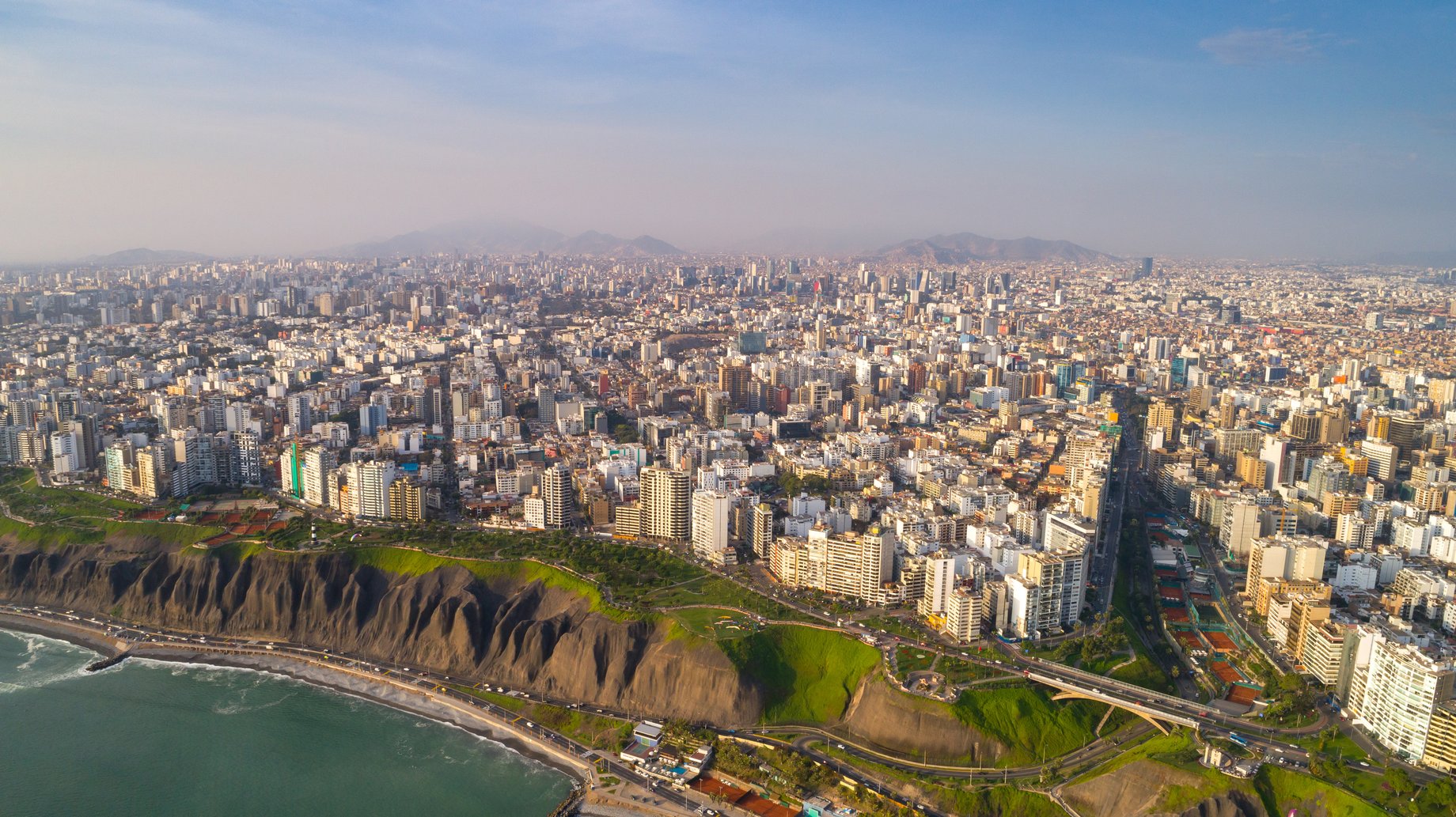Listen to the article

How rising flood risks present new urban design challenges
As climate change intensifies, urban areas face increasing threats from extreme weather events, including flooding, with 44% of all disaster events globally being flood-related. With around 700-million people living in regions affected by intensifying rainfall extremes, city planners need to find innovative solutions to manage water effectively and reduce flood risk. The number of cities exposed to extreme weather is projected to triple by 2050, underscoring the need for new, resilient urban water management approaches.
Are sponge cities a green solution to urban flooding?
The sponge city concept is emerging as a sustainable approach to managing urban flooding. Rather than relying solely on traditional drainage infrastructure, sponge cities incorporate green infrastructure to absorb, store, and filter stormwater. This design not only mitigates flooding but also improves water quality and enhances urban green spaces. Key components of sponge cities include green roofs, permeable pavements, rain gardens, urban wetlands, and vegetated swales — all of which help manage stormwater, reduce surface runoff, and recharge groundwater systems.
Insights from Arup’s Global Sponge City Snapshot
In its Global Sponge Cities Snapshot, Arup evaluated the “sponginess” of various cities based on their ability to absorb and manage stormwater through green-blue infrastructure and soil permeability.
- Auckland: Ranking as the “spongiest” of the cities surveyed, Auckland has 35% sponginess and a relatively high proportion of green-blue space (50%). Despite its spongy infrastructure, the city’s urban center has a lower percentage of trees compared to other global cities surveyed. Auckland’s soil composition, consisting of less than 60% sand and 10-20% clay, provides moderate water absorption capability, compared to other cities surveyed.

Image: ARUP
- Sydney: With 18% sponginess, Sydney’s urban center ranks as the least spongy among the cities surveyed. Its green and blue spaces cover only 24%. Much of Sydney’s green space is concentrated in the eastern part of the city, outside the surveyed urban core, leaving inner-city areas dominated by impermeable surfaces. The city’s soil composition, which includes over 60% sand and 10-30% clay, contributes to moderately high runoff potential, exacerbating flood risks.

Image: ARUP
These variations in sponginess reveal the unique challenges each city faces in managing water. The findings underscore the need for tailored solutions to improve resilience based on local conditions, including soil composition, green-blue space distribution, and existing infrastructure.
How you can improve sponge city design with ENVI-met microclimate modeling
Creating effective sponge city infrastructure requires detailed microclimate planning and analysis. ENVI-met’s advanced 3D microclimate modeling software simulates the intricate interactions between urban infrastructure, vegetation, and weather patterns. ENVI-met enables us to test and optimize strategies like green roofs, permeable pavements, rain gardens, and urban tree placement.
With ENVI-met simulations, urban planners and architects can achieve a range of objectives essential to sponge city design, including:
- Optimizing green infrastructure: ENVI-met enables planners to model various scenarios to determine the ideal placement and design of green infrastructure elements, such as rain gardens, green roofs, and permeable surfaces. By doing so, ENVI-met helps ensure that these elements are strategically positioned to maximize water absorption, reduce runoff, and integrate seamlessly with other urban features.
- Assessing plant water usage: ENVI-met can simulate plant transpiration rates based on soil water availability and calculate the soil water balance, offering insight into how vegetation can affect water retention and urban cooling. This functionality allows designers to select vegetation types that will thrive in specific urban environments while contributing to natural water management.
This data-driven approach allows planners to make informed decisions that maximize stormwater absorption, minimize flood risks, and create more resilient urban environments.
Take the free One Click LCA Academy course: Advanced 3D microclimate modeling with ENVI-met
Sponge cities offer benefits beyond flood prevention
Implementing sponge city infrastructure offers benefits that go beyond flood prevention. By increasing urban greenery, sponge cities contribute to cooling effects that mitigate urban heat islands, improve air quality, and enhance biodiversity. Additionally, green infrastructure provides valuable recreational spaces, enhancing residents’ mental and physical well-being. According to C40 Cities, these nature-based solutions are key to achieving climate resilience and supporting sustainable urban development goals.
Sponge cities support increased urban resilience
As climate change continues to challenge urban water management, the sponge city model offers a forward-thinking approach to flood prevention and environmental resilience. Supported by tools like ENVI-met, cities can plan and implement effective green infrastructure tailored to their unique landscapes and climate challenges. By reimagining urban areas as adaptable, absorbent ecosystems, cities worldwide can take meaningful steps toward a sustainable and resilient future — minimizing the impacts of extreme weather.
Carbon Experts Newsletter
Industry news & insights — straight to your inbox
Want to learn more?
Asha Ramachandran • Jun 17 2025
Asha Ramachandran • Oct 31 2025
Asha Ramachandran • May 02 2025
Roberta Belanova • Dec 04 2024
